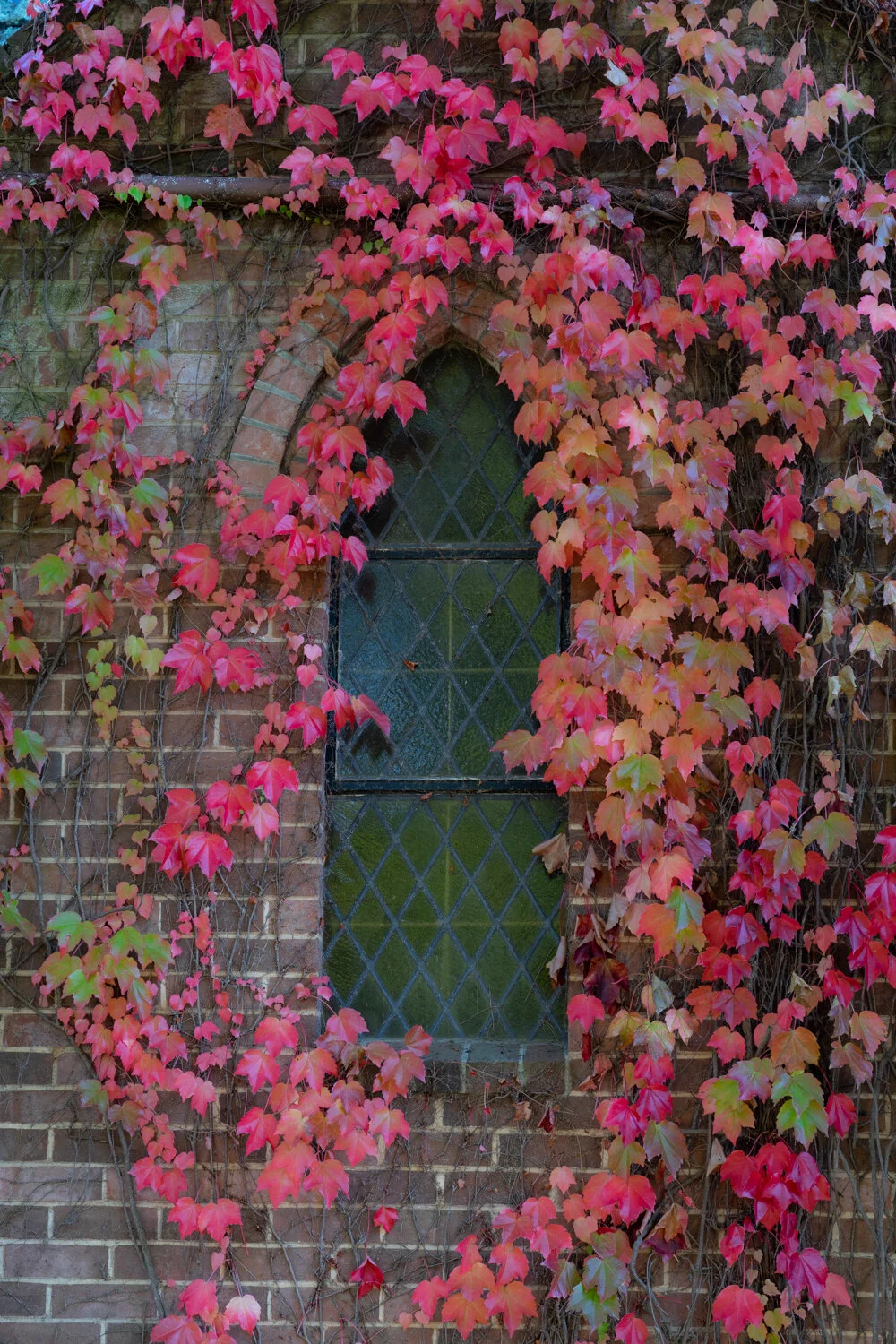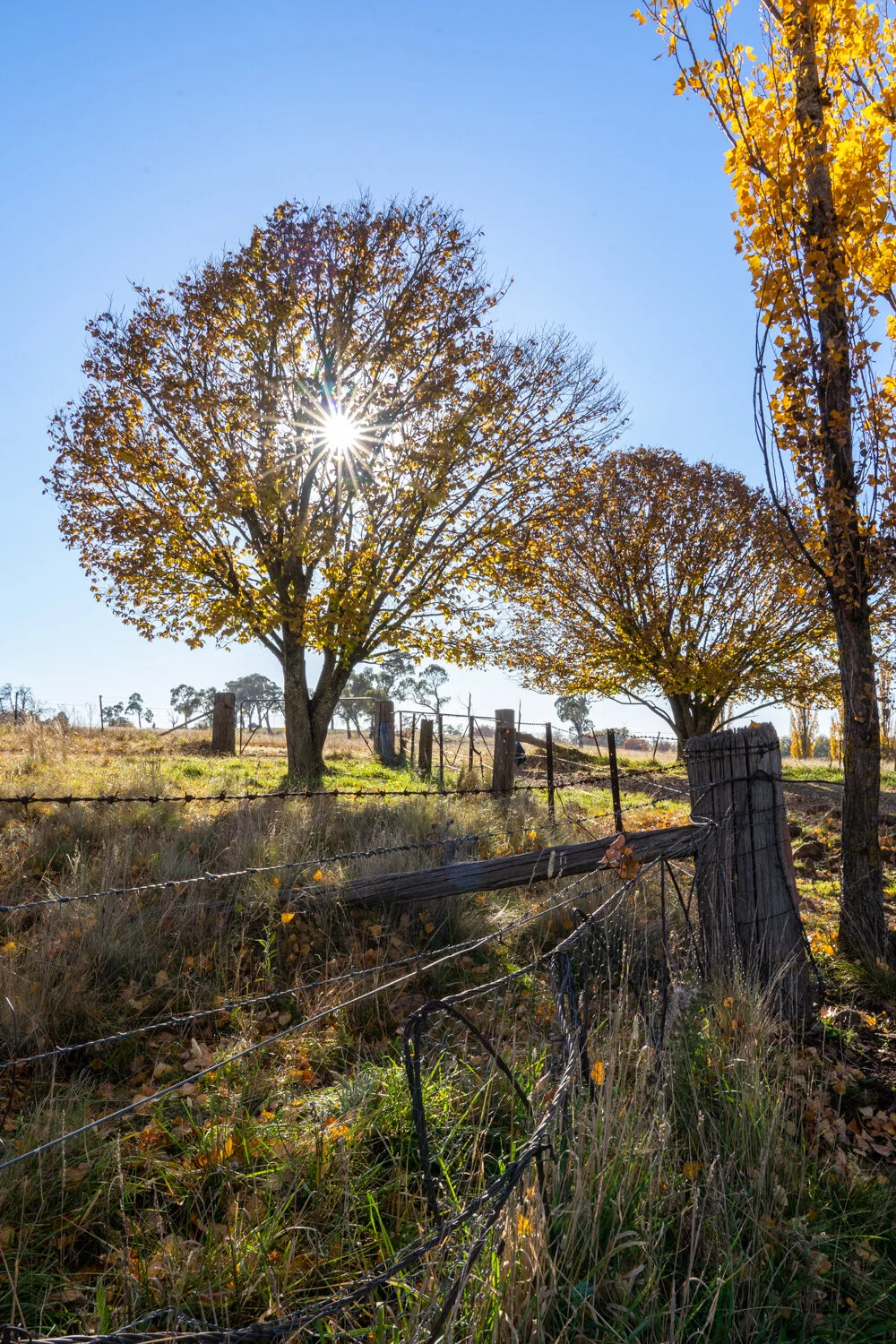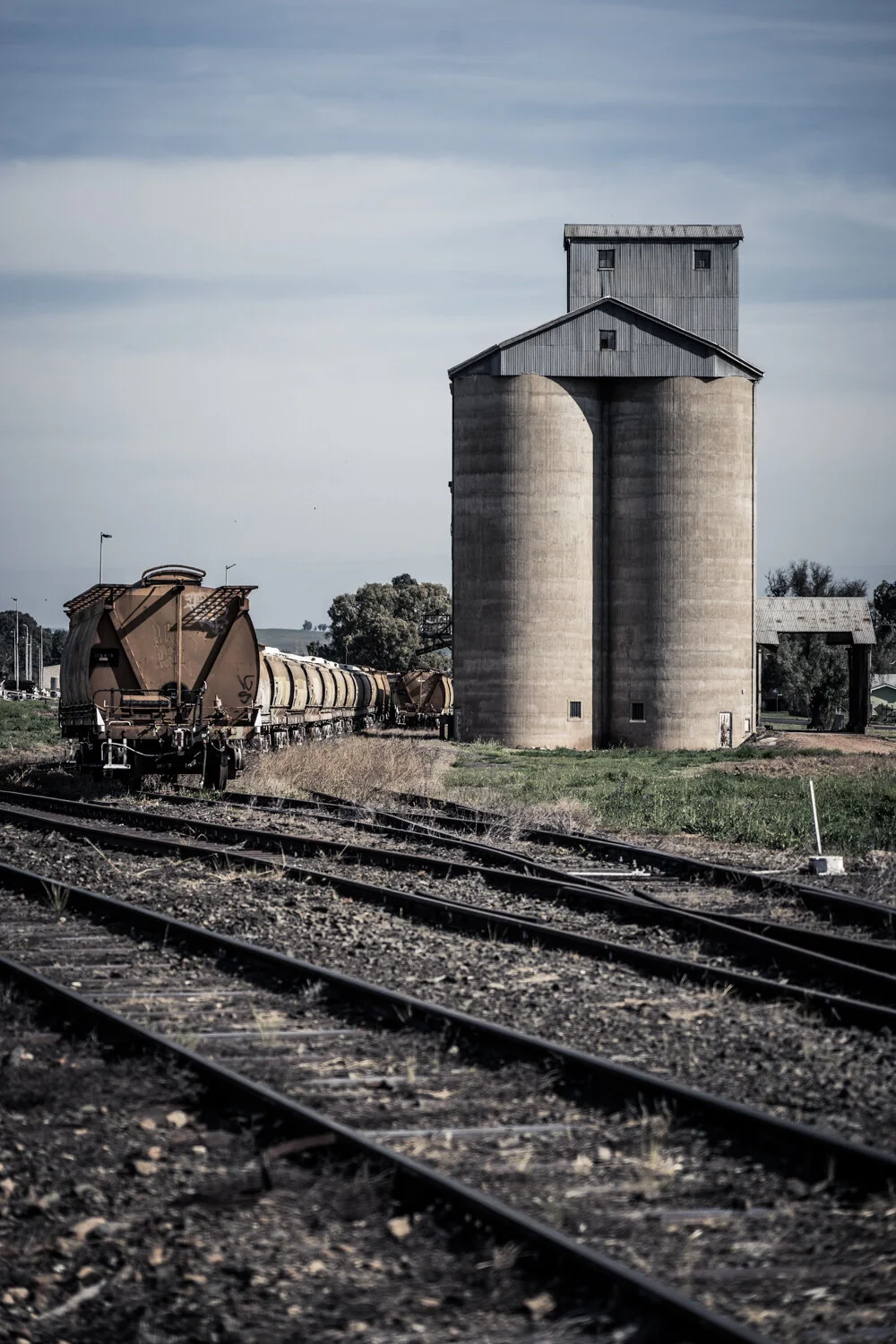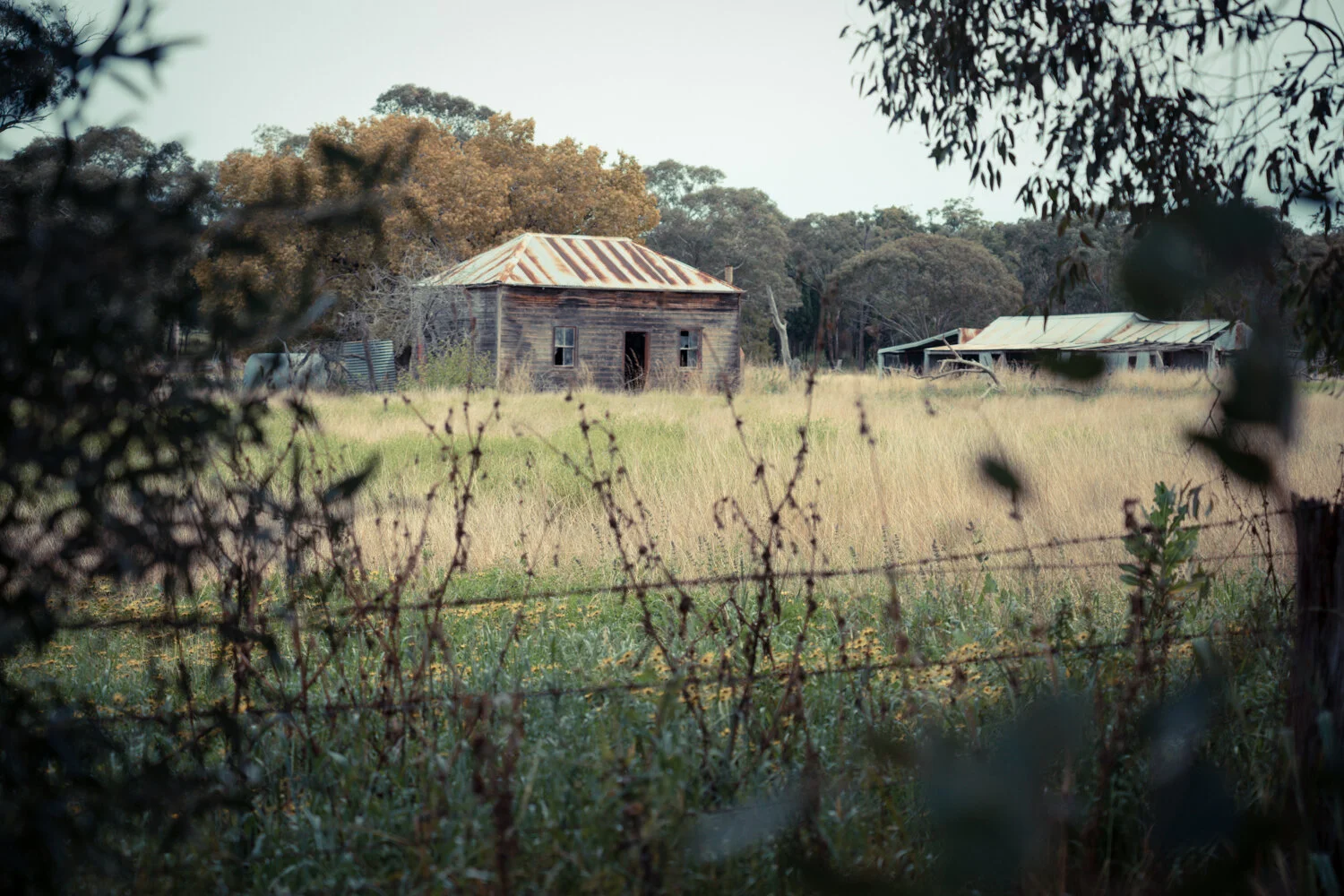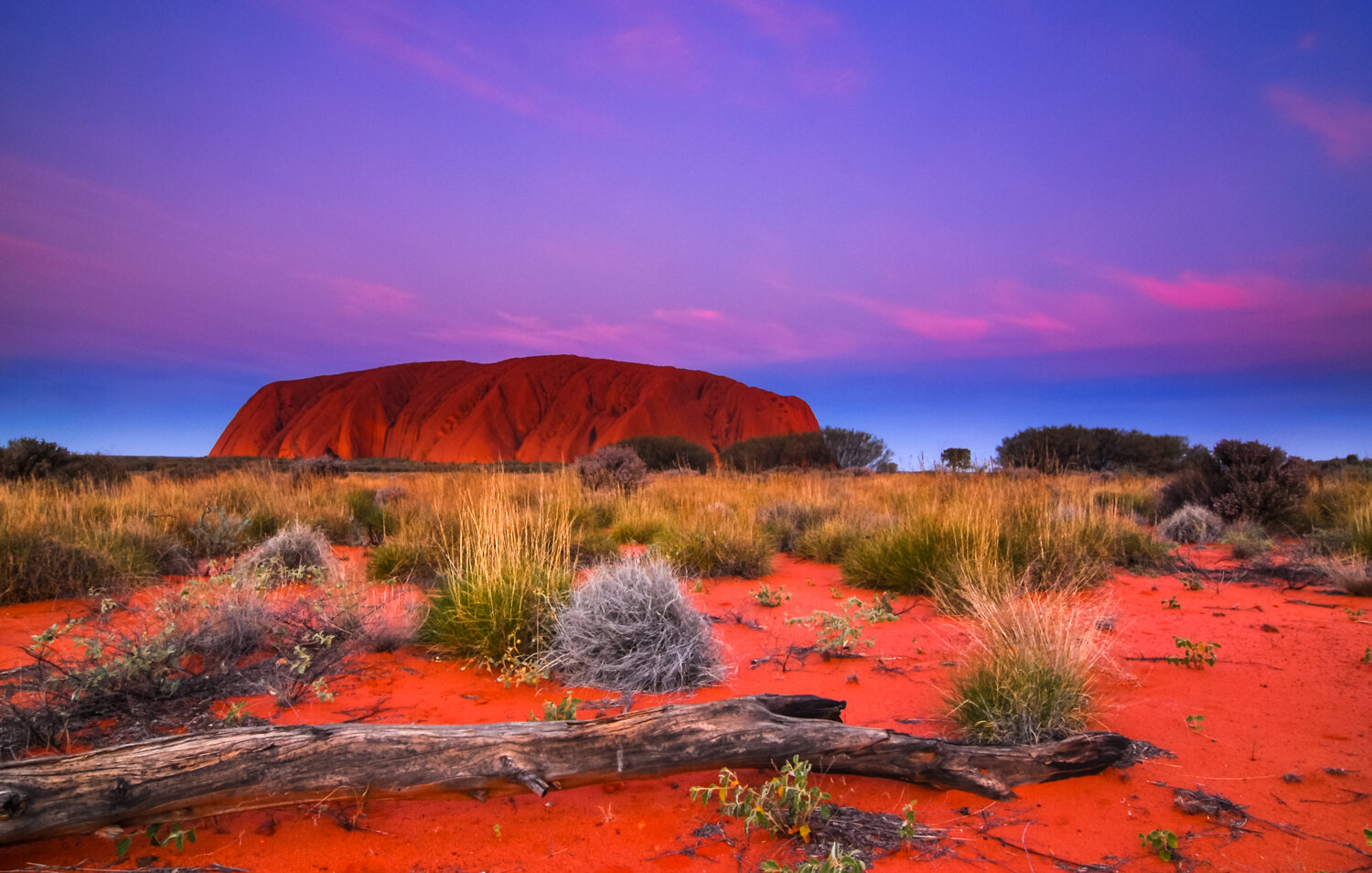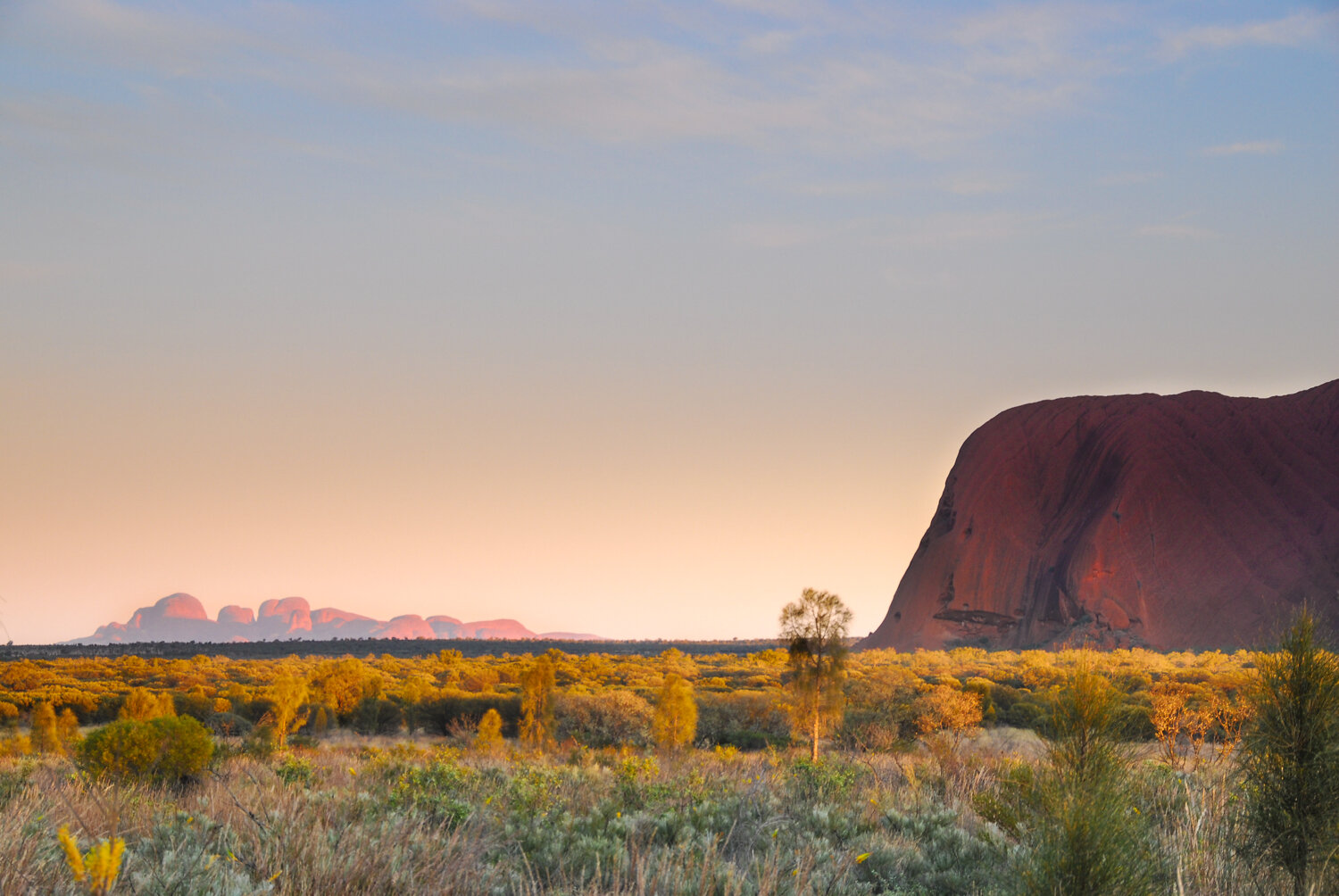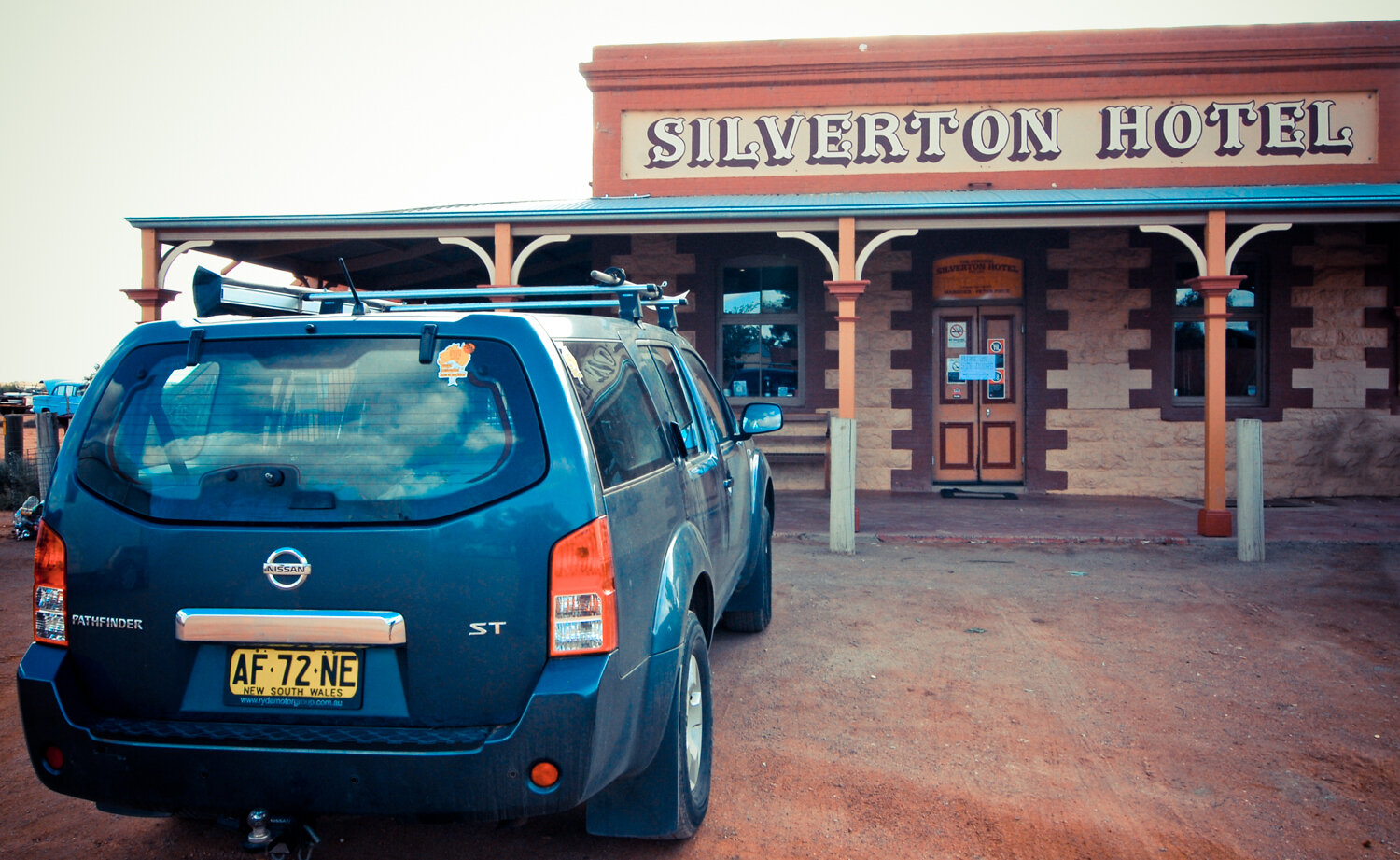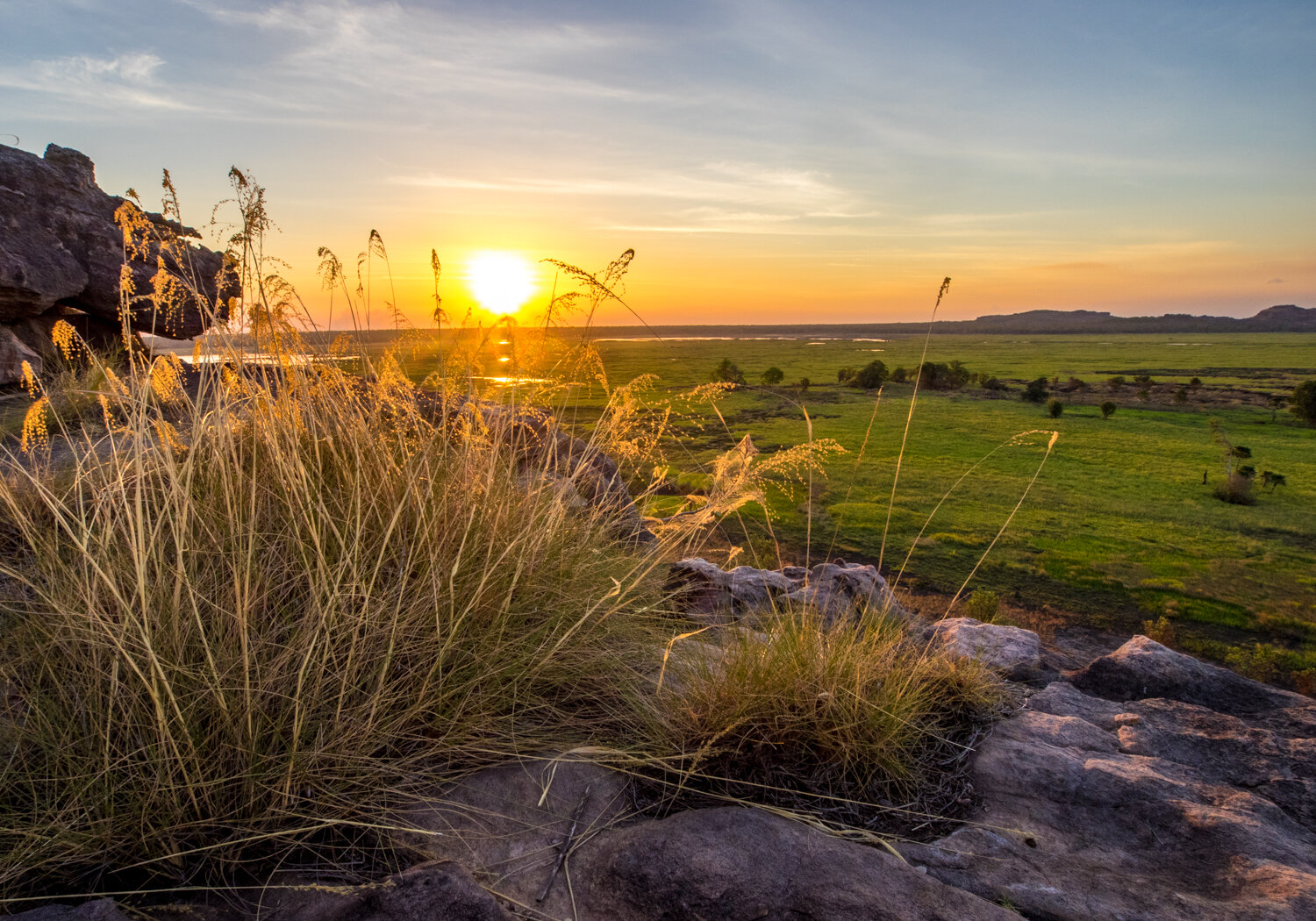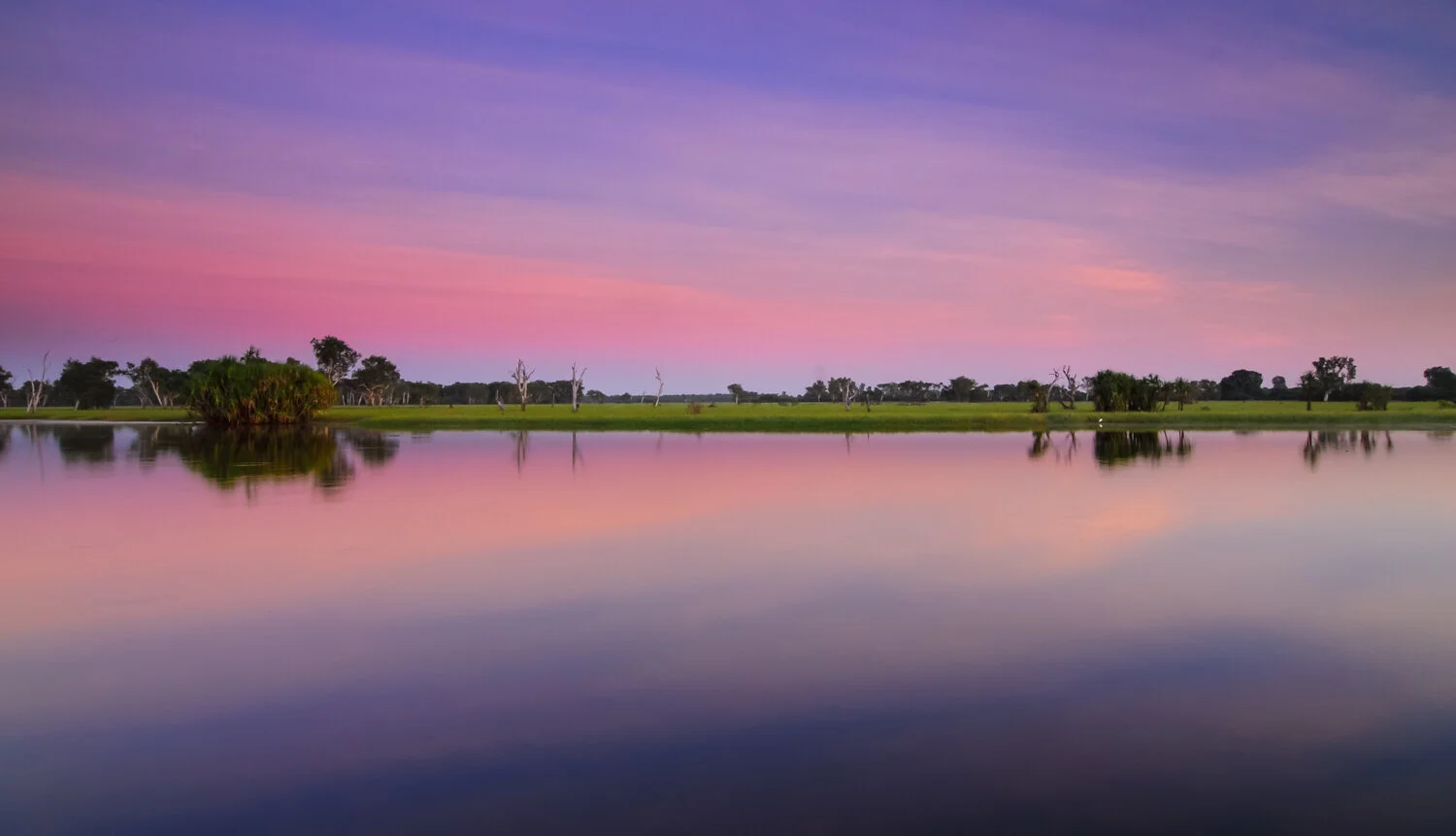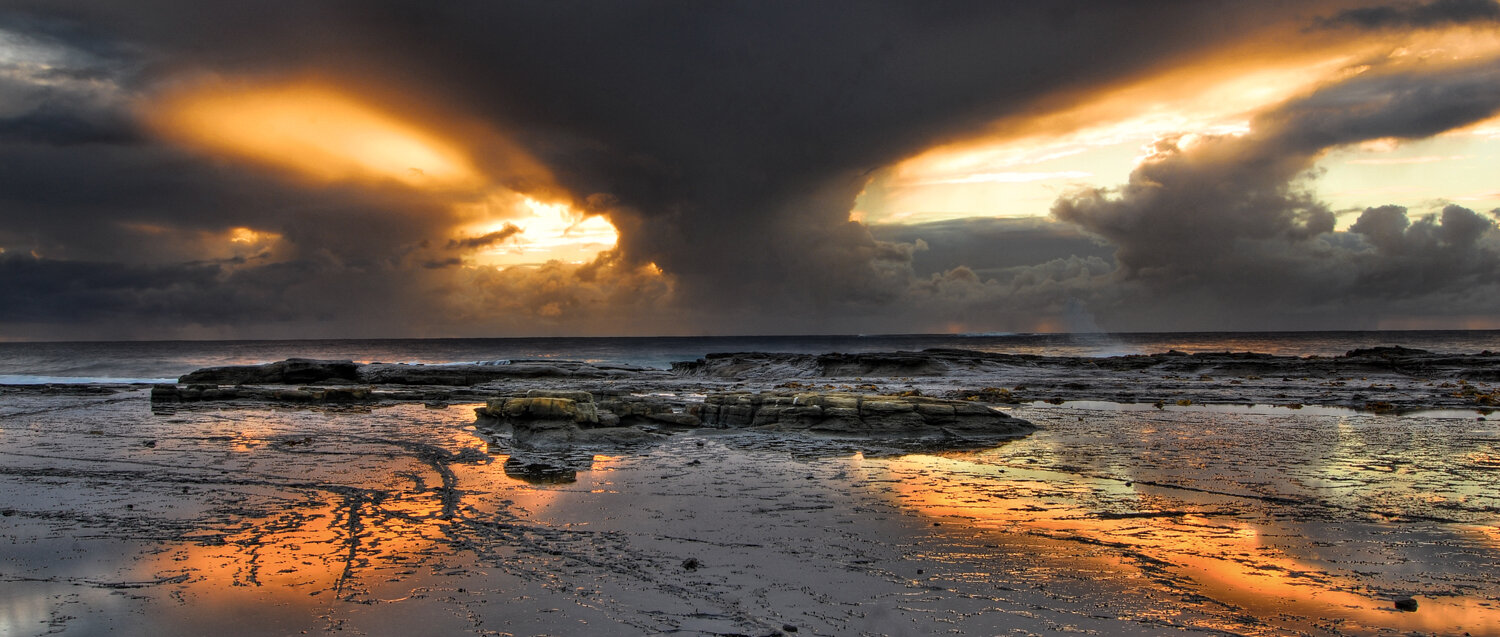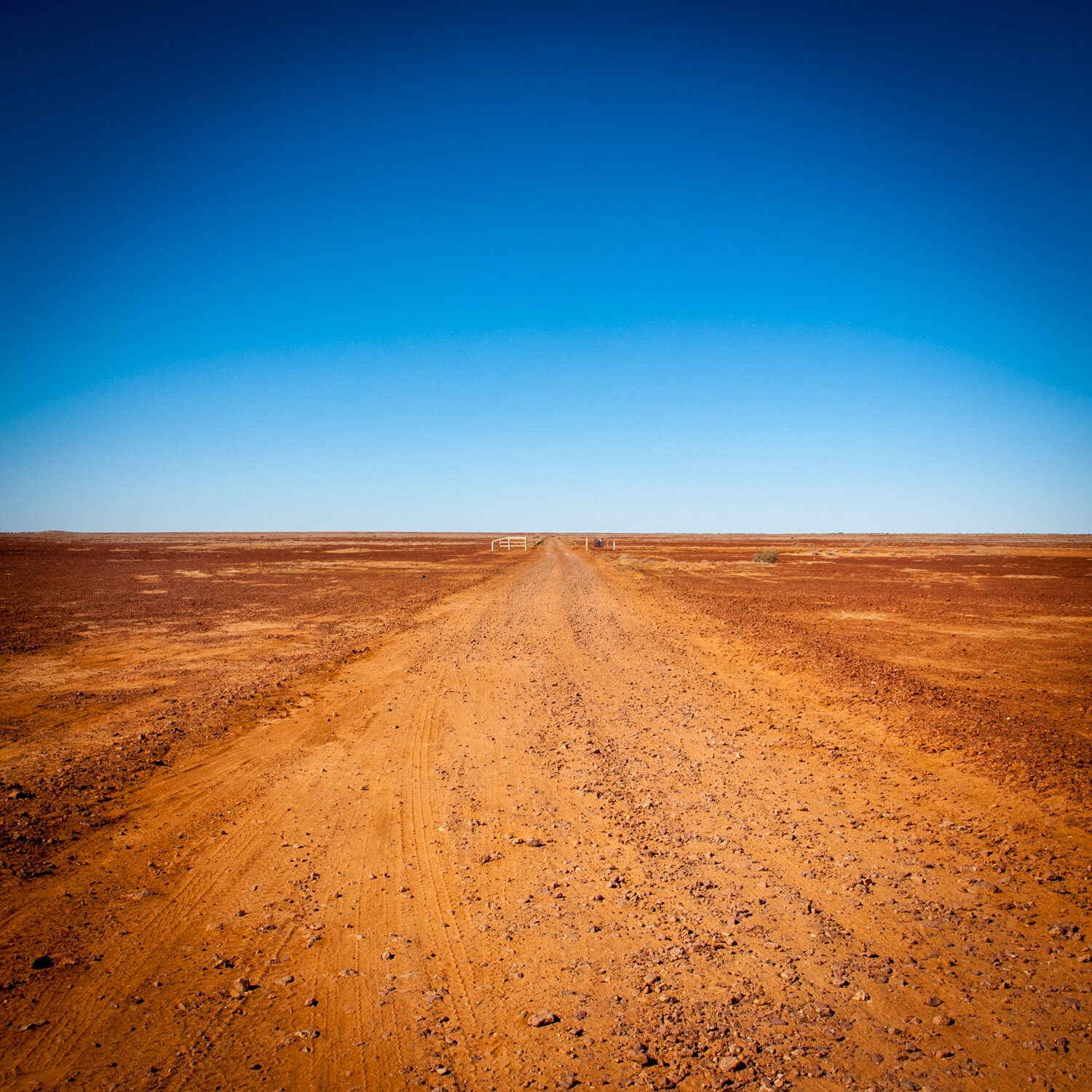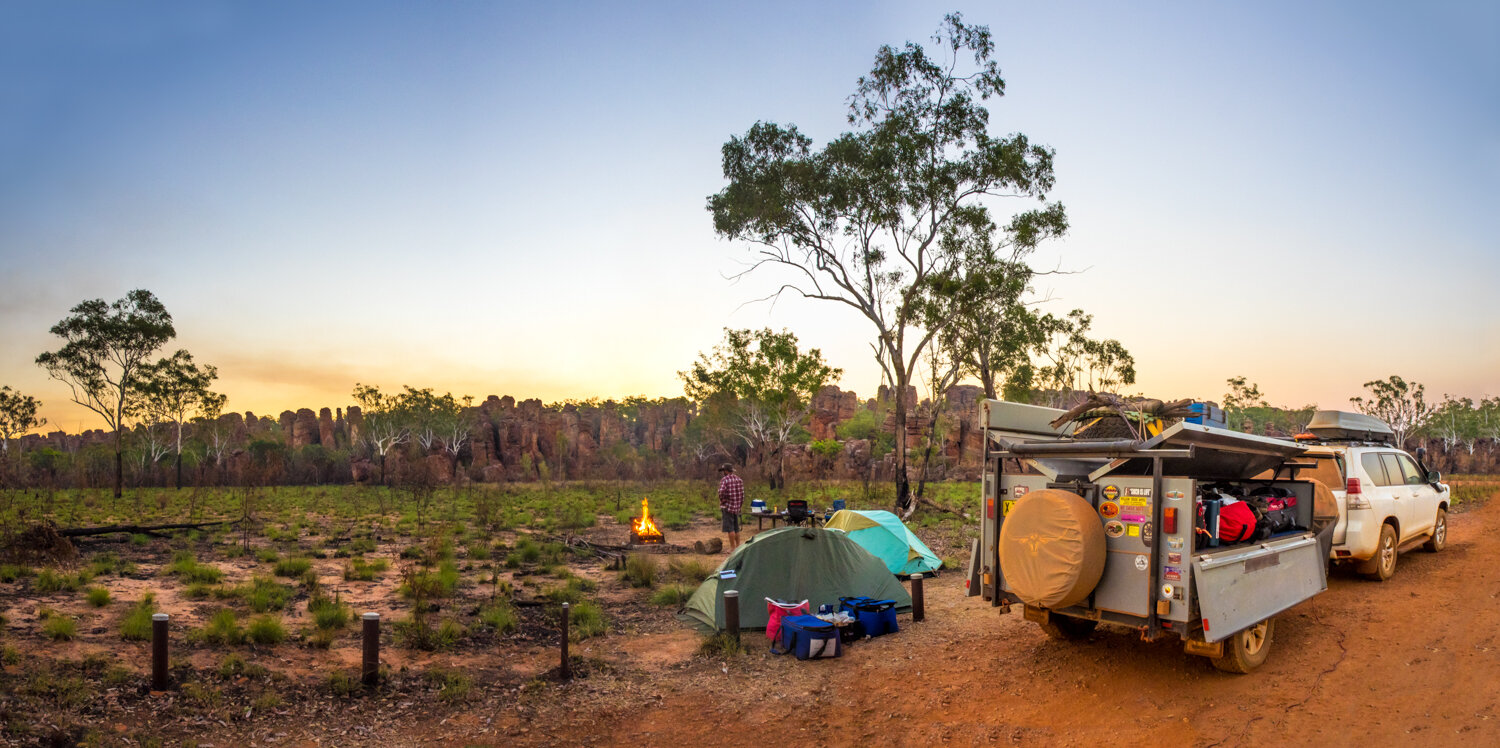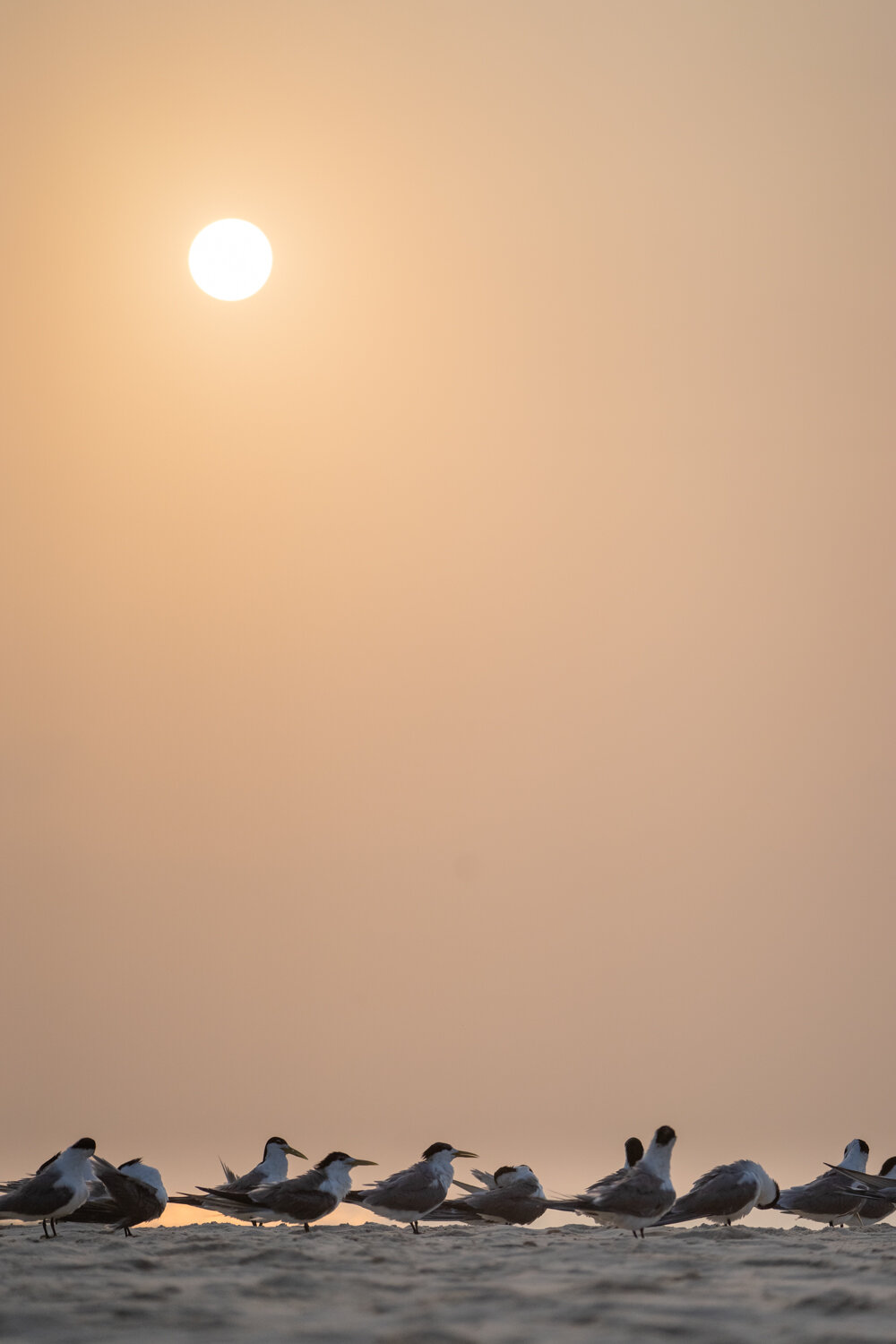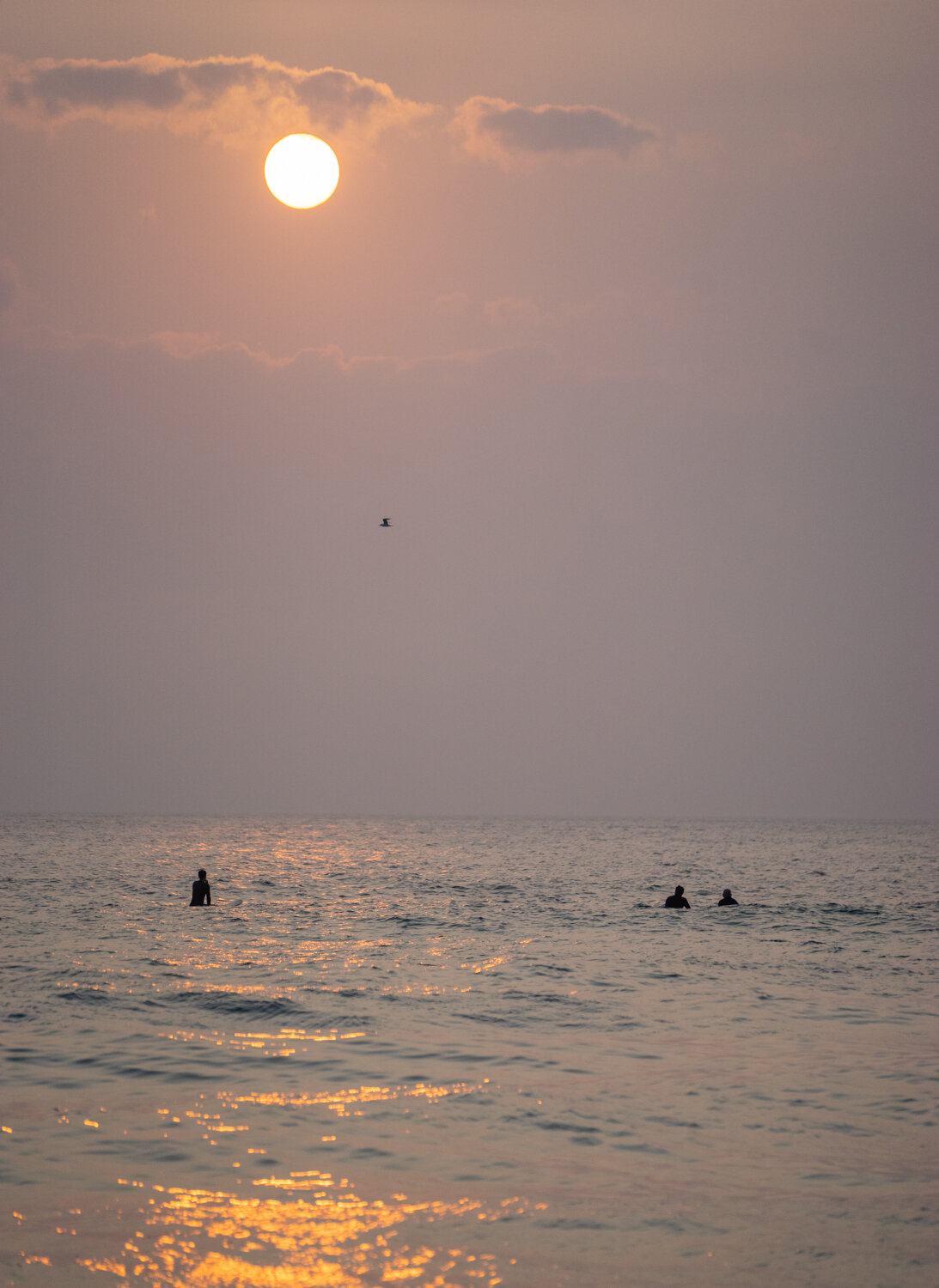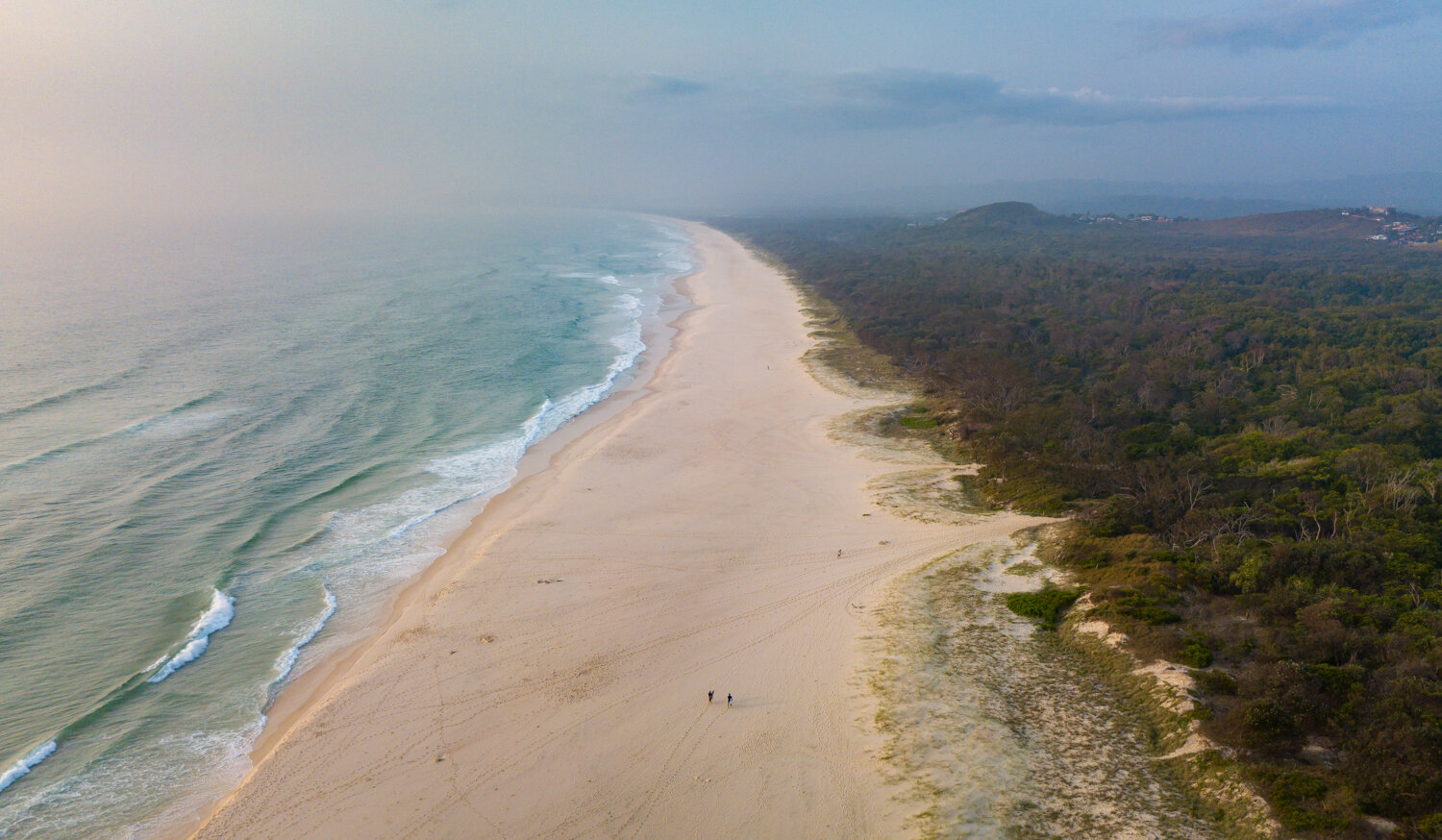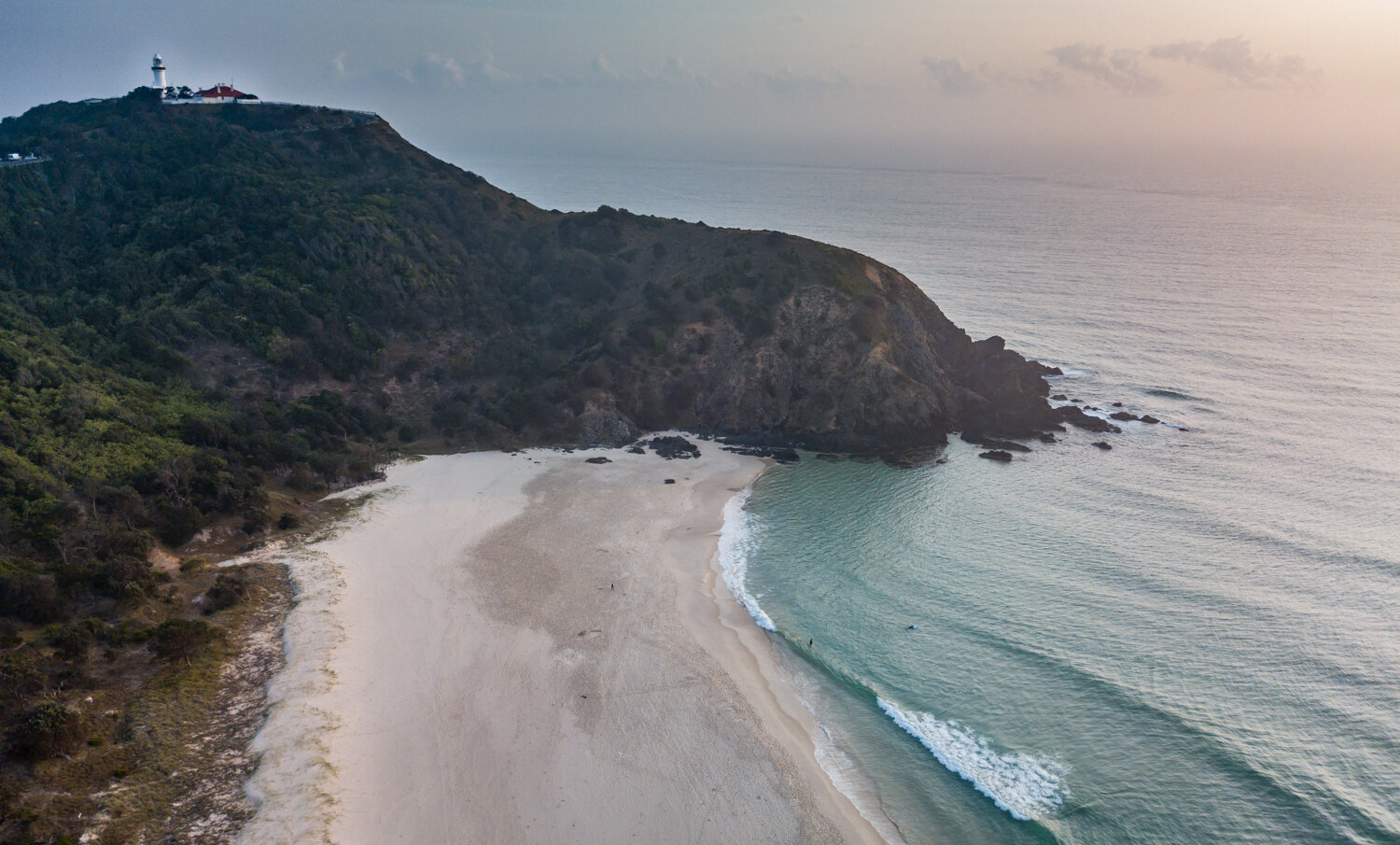Day 34: Boabs and Broome
My large bulbous trunk has the shape of a fat Buddha’s belly, slightly dimpled and weathered after exposure to the Kimberley sun. Some of my fellow trees are known to have a belly 20 metres round and are over 1000 years old. Although with no tree rings, I like to keep my age to myself.
I have now dropped my leaves to conserve water until the next wet season, leaving a twisted tangled contortion of limbs reaching in no particular direction. It is as though someone has ripped me out of the soil and stuck me upside down leaving my roots in the air.
Yes I am talking about the Boab tree (Adansonia Gregorio for the botanists amongst us). These enduring trees are a feature of the Kimberley between Derby and Victoria River and have been a constant companion on our trip on the Gibb.
As we leave Derby we drop into one Boab known as ‘The Prison Tree’. In the late 1800’s settlers would round up Aboriginal people, kidnapping them to use as free labour on the coast. On the way, they would use old Boabs with hollows in their trunks as a temporary jail, a demonstration of how large they can get. The local Nyikina people of Derby call the Boab Larrkardiy, and have multiple uses including a water source, food and medicine, which is a much more fitting use than what the settlers did.
Leaving Derby and the Boabs behind us, it’s not long before we reach Broome. It feels a bit like being transported from the depths of the outback to Byron Bay without the rich people. The Main Street has the mix of tourist shops and cafes, something we have not seen for 5 weeks travelling.
Already feeling overwhelmed we head strait to Cable Beach. Here we spend the rest of the afternoon having drinks (including a Mango Beer) while we watch the sun set over the water. As the yellow orb slowly sinks below the horizon and the sky becomes an orange blaze, the alcohol begins to relax the mind and muscles. Time in the Kimberley is like a slow moving clock and I finally feel like I have got within its rhythm. Let’s just hope with all this eating I don’t get the same Buddha belly as the Boab.
Day 35: Dinosaurs and Camels
There is a quote I recall which says “We all leave our own footprints as we journey through life”. These footprints can be the things we do, the children we love and the legacy we leave. So I wonder what the Theropod that was walking through the swamp 135 million years ago was thinking when he (or she) left multiple footprints in the rocks along the Broome coast?
While it is not really possible to know exactly what it was like then, we at least got to see how big their footprints were when we visited Kabbarli and Minyirr or Hantgeaume Point. Heading out on a Dinosaur hunt I would love to say it was my unique palaeontology skills that allowed me to actually find the prints. The reality is I watched a tour group wonder over the rocks and reach a point where lots of cameras came out. Following in their footprints when they left, we found several imprints. With a little bit of interpretation, like a psychologist ink blots, you could make out the three clawed foot now permanently set in rock.
Deciding we wanted to make footprints of our own, we joined the procession of 4wd’s to line along Cable beach for as far as the eye can see to watch the sun set over the Indian Ocean. The other footprints left on the sand was from the camel trains that trundled up and down the beach, tourists bobbing up and down uncomfortable on their humps. While this is an iconic image of Broome, we decided to enjoy the sights from the ground adhering to the other well known quote “Take only memories and leave only footprints”. Well for me it’s probably more appropriate - “take only photos and leave only footprints”.
Day 36: Kimberley Time
The four of us have set up our camp chairs in the sand. A small table in front of us with the requisite nibblies and a beer in hand. We have just taken front row seats to one of nature’s best movies. However the picture screen is replaced with a curved bay with its white sand taking a long arc in either direction. Beyond the sand the deep blue water is calm, almost appearing to merge with the blue sky, removing any sense of horizon. Where the sand meets the water there is the slightest of waves no bigger than your toes. The rhythmic sound of the lapping water acts like a metronome distorting all sense of time. The only sign that time is still moving is the setting sun slowly converting the picture screen from vivid blues to oranges and reds. This is what is known as ‘Kimberley Time’.
We are currently at Middle Lagoon, a remote coastal campsite north of Broome on the Dampier Peninsular. Where Broome is the equivalent of Byron Bay, Middle Lagoon is what Byron Bay could have been like 100 years ago but more remote. While the road north was good, the sandy track into this coastal oasis was no wider than the car with more humps than the numerous camels we saw on Cable Beach.
Humps are never fun, but today we also experienced one hump that I have been dreading. That is hump day for our trip away. While we have officially reached the half way point on our travels, I can only hope that ‘Kimberley time’ continues to slow us down. May be it will eventually stop and the trip will never end?
Day 37: A pearler of a day
We are all standing around a small table in anticipation of what might happen next. Sitting on top of the table in a metal clamp is an inconspicuous shell that may be worth over $1000. It’s is not the shell itself that is so valuable but what is in it. Hannah inserts her knife into the edge of the Pinctada maxima oyster prizing it apart. We all look on guessing if this will be a perfect pearl sphere that is so sought after, or one with a few more imperfections bringing the price to a more realistic level.
Pulling the little jewel out of its natural home and placing it in Kathryn’s hand, I am trying to sense if she is all of a sudden finding an attraction to this small but very expensive wonder of nature.
Hannah has been taking us on a history and physical tour of the Cygnet Bay Pearl Farm located almost on the tip of the Dampier Peninsular. This region is made famous for the fortunes and losses experienced by those in the pearling business.
Originally the shell of the oysters with their shinny mother of pearl inner layer was used by the local aborigines for ceremony and trade dating back 22,000 years. The Europeans, prizing this smooth white material, used it for buttons, and cutlery handles which I can still remember seeing in Grandmas kitchen drawer. Plastics eventually put and end to this, replacing a renewable item made from the ocean with non-renewable oil consuming, ocean killing material.
While mother of pearl was no longer sought after, Cygnet Bay came to life in the 1960s after Dean Brown decided to see if he could beat the Japanese who held the secret art of pearl cultivating. Inviting his son Lyndon to come and live in one of the most remote parts of Australia, they toiled away for several years until they managed to break the code. Working with local Bardi and Jawi men to seed the oysters, they would strap a tonne of metal on their heads, heavier than a ships anchor, and descend 30 metres to the ocean floor to collect the oysters.
At the end of the visit we get to see several pearls that have been made in to jewellery. As Kathryn grasps a $300,000 necklace I am starting to get even more nervous, but thankfully the shinny lustre has not mesmerised her with its magic, as she comment, “I prefer diamonds instead”. Instead we settle for a mother of pearl shell, a reminder of both the trip and grandmas kitchen.
Returning to camp we jump in the water for a snorkel amongst a myriad of fish and small coral wondering how those early pearlers in their metal hard hats managed to operate underwater. The evening we revert back to Kimberley Time again, taking our position overlooking the bay watching the sun set.
Who needs expensive pearl jewellery when you have all this.
Day 38: Red, white and blue
There is one image that has been in the back of my mind when I began planning this trip to the Kimberley and the Western Australian coast. The striking colours of the rich red cliffs adjacent to the white sands and blue water and sky. I even bought a beach towel with the print of the coast from above, the three tripes of red, white and blue like an American flag draped over the land.
Sitting on the white sand at James Price Point, the blue ocean in front of me, and the jagged red cliffs behind, the real picture is even better than I had imagined. But the cliffs really come alive as the sun begins to set, casting a flame torch onto the cliff face as though they are on fire.
To add to the postcard picture, as the sun dropped below the horizon the moon decided to play a visit rising behind the red cliffs, a near perfect circle of light replacing the red with deep shadows of black.
We are camped at the base of the cliffs, close enough to the ocean to be lulled to sleep by the sounds of lapping water, but far enough away to not be swamped by the huge tides. This part of the coast is famous for its significant tidal range up to 10 metres in parts. What is a large exposed rocky platform for 100 metres, becomes an underwater reef 6 hours later. This is where we spent the day, wandering from rock pool to rock pool, disturbing the crabs and fish as we went.
James Price Point is approximately 3 hours south of Middle Lagoon on our way back to Broome. Despite being only 60km from Broome, you may as well be one thousand. There is only one other camper within sight, their fire a small flicker in the distance.
While America may claim red, white and blue as their flag, these coloured stripes are a more fitting descriptor of this magic coast, and one that will continue to be etched in my mind long after I return home.
Day 39: Nature’s cycle
The four of us are standing on the beach looking out into the ocean. We have done this many times, watching the sun set over the water. But this time is different. It is 5.30 in the morning and the twilight has only just started with only the brightest stars shining in the sky. However, it is not the stars, or the sun we are waiting for. Instead, we are all mesmerised by the full moon as it slowly sinks into the ocean.
It is a funny how, when the moon is high in the sky it appears small. But as it gets closer to the horizon, it appears to grow, like a balloon being blown up. As it continues to drop it also changes colour from pearl white, like the pearls from Cygnet Bay, to a butter yellow. We continue to watch it melt into the water, and just before it disappears it gives a little nod saying “I will see you again tonight”.
As the last shimmer of light on the water fades, it passes the light banner to the sun which begins to rise on the opposite horizon, just over our shoulder. With the sun, the birds wake from their own sleep, the sun their own natural alarm clock.
These are the natural cycles that we don’t see as work and city life consumes us, barely allowing time to pause. A normal day is a whirlwind of alarms, bleary eyes, traffic, endless meetings, fluorescent light, more traffic, dinner, often more work, before falling into bed at midnight, to do it all again the next day.
Travelling allows you to discard all this, slow down and reconnect. As you do, you begin to notice the small patterns of nature. The rising and setting of the moon and the sun. The movement of the tides and the different patterns it makes in the sand. How the morning light is bright wakening the body, where the evening light is warm and calmIng, preparing you for sleep. Despite being a living being, we have somehow disconnected from this rhythm.
But today was a day to do just this. To relax and take in the patterns and rhythms of James Price Point. With no major waterfalls or hikes to conquer on the itinerary, we let the moment dictate our activities. This included going back to bed, allowing the body to wake naturally.
The rest of the day was spent with sand between our toes walking along the coast with no real destination in mind followed by a meander from one rock pool to the next getting absorbed by the little creatures lying just below the water surface.
But like all, cycles, we finished the day how it started - The four of us sitting on the beach looking out into the ocean.
Day 40: Blue Moon
We take our seats in the picture theatre and the lights dim. There is the usual smell of popcorn wafting through the air but we decide to go for the classic choc-top ice cream. But there is something different about this theatre that puts it in the Guinness Book of Records. Looking directly upward there is still a glow, not from any man-made light but the stars and moon overhead. Just as the trailer to Top Gun finishes, a plane roars overhead seemingly coming out of the picture screen, as it lands at the nearby Broome Airport.
There are no plush chairs, but the same kind of deck chairs you would see on a beach, their basic canvas providing a reclined view of the screen.
We are sitting in the ‘Sun Picture theatre’, recognised as the worlds oldest operating outdoor garden theatre. Originally built in the early 1900’s as a Japanese grocery store and some say a brothel, it was converted to a theatre in 1913. We walk past a procession of antiquated projectors that have been used over the last 100 years, each one chipped and dusty showing their active duty. Old photos of the the building and famous actors adorn the walls, some showing the tidal flooding lapping the front door.
The weather of Broome with its balmy nights allowed the outdoor cinema to flourish and continues as a Broome icon. But, apart from the film projectors being replaced with digital, little else has changed to the building, appearing to be stuck in a time warp. The building is its same ramshackle structure made of tin, wood and other scraps with the traditional sign ‘Sun Pictures’ made of simple individual lightbulbs precariously positioned on the roof.
Having decided to see the movie ‘Elvis’, there were many parallels to today’s adventure. Watching the early period of Elvis life, it was difficult to fathom the racism and segregation that dominated America in the 50s and 60s. And while Australia was a melting pot of cultures, especially in Broome with the Chinese and Japanese pearl divers, we followed in their footprints of shame.
Back then, Australia’s own form of segregation played out in the theatre with the white people getting the front row seats, the asians, the rear seats and the indigenous Australians could only watch from the sides or through the fence. This only finished in 1967.
But the movie had other more positive messages from today. Elvis formed his first band called the Blue Moon Boys and Sun Studios was where they began recording. The constant references to the moon and the sun has been a theme of much of this trip. And no more so, than earlier this evening when we visited Town Beach and the stairway to the moon.
Once a month between March and October the tourists, including us, flock to the shore to watch the moon rise over the mud flats. The evening takes on a festival feel, with picnic blankets and chairs spreading out over the grass, the smell of hot doughnuts coming from the markets behind, and the chatter of holiday makers joining the cacophony of noise.
But the buzz all of a sudden goes quiet as the moon peaks over the horizon. As it slowly rises it casts a reflection across the sand and water ridges creating the illusion of steps or stripes, and the crowds all let out a sigh. While we had our own moon-set all to ourselves yesterday, this party atmosphere is another way to experience one of natures phenomena.
Getting up to leave the theatre at the end of the movie, with the song ‘Blue Moon’ humming in my head, I look up over the building roof and their is the moon again, our constant companion for the trip so far.
Day 41: Friends
The last 27 days has been an overload of the senses with: waterfalls and gorges; hikes and rock hopping; sunsets and moon rises; walking on the beach and swimming; lots of driving and corrugations; campfires and yummy dinners; cocktails and movies; helicopter rides and water crossings; rock and shell collecting; the emotions of breakdowns and repairs; laughs and thankfully no crying; and finally good times.
However, what made this part of the trip more memorable was sharing all of these experiences with the most amazing friends anyone could wish for.
Today is Karen’s last day as she prepares to head home. The day is spent in Broome doing the housekeeping ie; shopping and more repairs on the car (we finally got the parts to replace Graeme’s sway bar that we removed 31 days ago).
To top it off, like the sweat icing on a cake, we spent the evening at the Mangrove Hotel drinking cocktails, a beautiful dinner and watching the moon rise for the last time over Broome. While tomorrow we wave goodbye to Karen, i feel privileged to have shared this time together. Thanks for the memories.
Now this is where any good fairy tail normally ends. But not today.
As we leave the Hotel, discussions commence around dropping Karen at the airport, our next stop travelling south and getting somewhere to stay. But it seems the gremlins of El Questro water crossing are coming back to haunt me.
Remember how I was making completely unfounded comments about a ‘Ford’. Well, jumping in our car to go home for the night ………click. That is it. No hum of the engine. Nothing. Apart from the exact same silence Graeme’s car suffered with the dead starter motor.
Luckily we were not only in a town that had good phone and internet reception, but we were also parked outside a hotel. So one drink and an NRMA call later, followed by a head under the bonnet the news was broken - “your starter motor is stuffed mate”.
While we managed to get it temporarily started, I am once again in the position of finishing today with no idea what tomorrow brings. What we do know is mechanics in Broome are booked out 6 weeks in advance. But that is for tomorrow to solve. Tonight I just want to remember all of the good things over the last 4 weeks and how fortunate I am to have the most amazing friends.





























































































































































































































































































































































































































